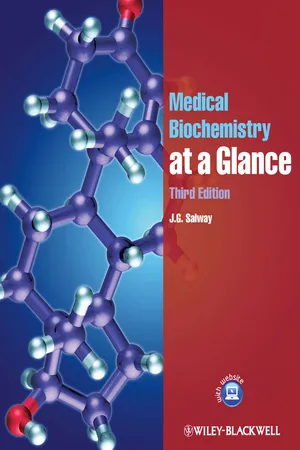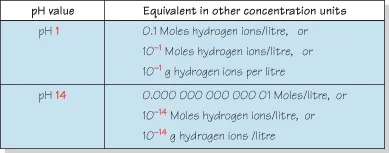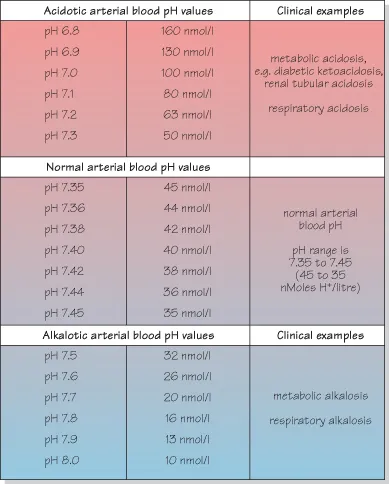
Medical Biochemistry at a Glance
J. G. Salway
- English
- ePUB (mobile friendly)
- Available on iOS & Android
Medical Biochemistry at a Glance
J. G. Salway
About This Book
Offering a concise, illustrated summary of biochemistry and its relevance to clinical medicine, Medical Biochemistry at a Glance is intended for students of medicine and the biomedical sciences such as nutrition, biochemistry, sports science, medical laboratory sciences, physiotherapy, pharmacy, physiology, pharmacology, genetics and veterinary science. It also provides a succinct review and reference for medical practitioners and biomedical scientists who need to quickly refresh their knowledge of medical biochemistry.
The book is designed as a revision guide for students preparing for examinations and contains topics that have been identified as 'high-yield' facts for the United States Medical Licensing Examination (USMLE), Step 1.
This third edition:
- Has been thoroughly revised and updated and is now in full colour throughout
- Is written by the author of the hugely successful Metabolism at a Glance (ISBN 9781405107167)
- Features updated and improved clinical correlates
- Expands its coverage with a new section on Molecular Biology
- Includes a brand new companion website of self-assessment questions and answers at www.ataglanceseries.com/medicalbiochemistry
Frequently asked questions
Information


Access a high quality version of this image at http://booksupport.wiley.com.

Access a high quality version of this image at http://booksupport.wiley.com.

Access a high quality version of this image at http://booksupport.wiley.com.

Access a high quality version of this image at http://booksupport.wiley.com.

Access a high quality version of this image at http://booksupport.wiley.com.

Access a high quality version of this image at http://booksupport.wiley.com.

